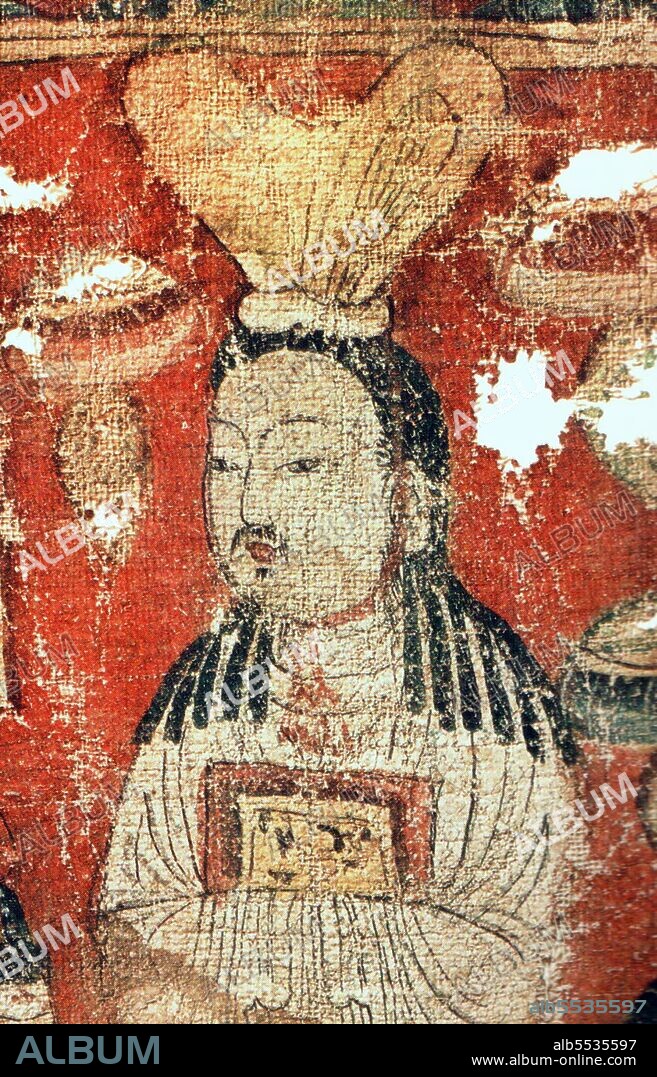alb5535597
China: A Manichaean donor, or possibly the prophet Mani. Bezeklik Thousand Buddha Caves, Turfan, Xinjiang, c. 8th-9th century.

|
Zu einem anderen Lightbox hinzufügen |
|
Zu einem anderen Lightbox hinzufügen |



Haben Sie bereits ein Konto? Anmelden
Sie haben kein Konto? Registrieren
Dieses Bild kaufen
Titel:
China: A Manichaean donor, or possibly the prophet Mani. Bezeklik Thousand Buddha Caves, Turfan, Xinjiang, c. 8th-9th century.
Untertitel:
Siehe automatische Übersetzung
Mani (c.216–276 CE), of Iranian origin, was the prophet and the founder of Manichaeism, a gnostic religion of Late Antiquity which was once widespread but is now extinct. Mani was born in or near Seleucia-Ctesiphon in Asuristan (Assyria), at the time still part of the Parthian Empire. Six of his major works were written in Syriac Aramaic and the seventh, dedicated to the king of the empire, Shapur I, was written in Middle Persian. He died in Gundeshapur, under the Sassanid Empire.
Bildnachweis:
Album / Pictures from History/Universal Images Group
Freigaben (Releases):
Model: Nein - Eigentum: Nein
Rechtefragen?
Rechtefragen?
Bildgröße:
3272 x 5100 px | 47.7 MB
Druckgröße:
27.7 x 43.2 cm | 10.9 x 17.0 in (300 dpi)
Schlüsselwörter:
ASIEN • ASIEN, KONTINENT • BODHISATTVA • CHINESIN • CHINESISCH • GEMAELDE • GESCHICHTE • IRAN • KONTINENT, ASIEN • KUNST • MALEREI • MANICHAEISMUS • MANICHÄISMUS • MYTHEN: PERSISCH • PERSISCH • PERSISCHE MYTHEN • PERSISCHE • PROPHET • RELIGION • ZEITGESCHICHTE
 Pinterest
Pinterest Twitter
Twitter Facebook
Facebook Link kopieren
Link kopieren Email
Email
